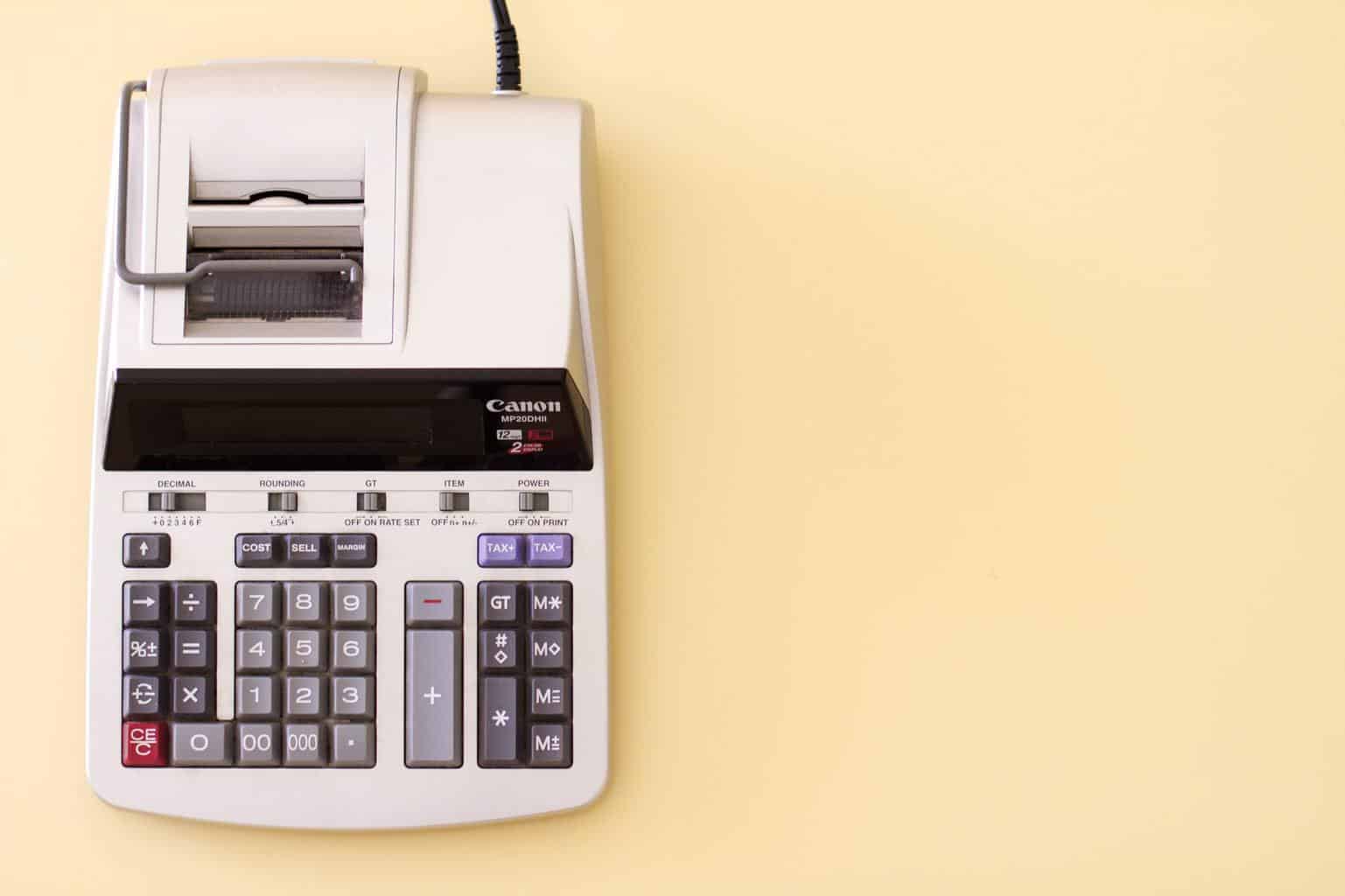If you’re like most parents, you probably worry about your children and need to find ways to track your spending to save money for their future. Will they have enough resources to attain their goals, like getting a good education, starting a business venture, or purchasing homes for their own families? One way to help make sure your kids get a good start in life is to save money that is earmarked, especially for their needs in young adulthood.
How To Save Money For Your Kids
You know it’s a good idea, but exactly how do you get started—and keep building—a good nest egg for your children? Here are four ways you can get a jump start on establishing good savings habits and making a difference for your kids.
1. Track Your Spending
Even financially savvy adults don’t always know where their money goes each month. In fact, a study done by the financial company Intuit found that a whopping 65% of adults don’t even know how much they spent in the last month. Of those, almost a third wish they’d spent less in the past month.
The solution? Track where your money goes. When you take the time to write down precisely what you’re doing and track spending, you become more conscious of expenditures—and more willing to forego something that’s not an immediate need. Scientists have already discovered that this principle works well for weight loss; a Duke University study found that overweight people who tracked their food intake lost weight and kept it off much more successfully than those who did not.
Recording your expenses as you spend money helps you keep an up-to-date view of your finances and makes it easier to make smart purchases. The money you save by tracking your spending can be put directly into savings for your kids.
2. Set up a Kids Savings Account
Let your children be partially responsible for building their own wealth. Designate a portion of money gifts on birthdays or special occasions to go into savings, as well as a part of any monthly allowance or money earned at a job. They can understand that these funds are for higher education or another pre-determined purpose to help them save.
There’s more. Savings accounts help kids better understand money and the value of being financially responsible. According to a University of Kansas report, children who have their own savings accounts become more financially knowledgeable as they become young adults. The findings included that kids with savings accounts are twice as likely to continue to hold them into adulthood and that they are four times more likely to invest in the stock market.
3. Sign Up for an Investment App
You can sign up for some type of investment app that offers custodial investment accounts that allow your child’s money to grow at a faster rate than a simple savings account. It’s also easy for relatives to make financial gifts into the account for your child.
4. Open a Custodial Account
There are other types of custodial accounts where a parent operates and makes decisions about an investment account in a child’s name. The Uniform Transfers regulate these types of accounts to Minors Act (UTMA) and Universal Gifts to Minors Act (UGMA). Still, they offer a great deal of flexibility for parents looking to increase savings for a child.
You can find custodial accounts that let you make most of the decisions (under the restrictions of the UTMA and UGMA) or that are primarily controlled by a qualified financial advisor.
How to Track Your Spending
So you’ve set up the right accounts, but you still haven’t established the habits you need to track spending successfully. We have five tips that will help you make this important financial tool part of your everyday life.
- Create a Ledger: Once you have a monthly spending budget, you can use a ledger to track what you spend effectively. You can start with old-fashioned paper and pencil, make a chart with three columns, or use one of the popular money tracking apps on your smartphone. You’ll record the budget category, the assigned amount, and what you actually spent.
- Track your Daily Spending: If you were tracking your weight, you’d record each thing you ate, whether that was a green salad or a hot fudge sundae. Similarly, you’ll note everything you spend, whether it’s a car insurance payment or plane tickets to Cancun. Subtract the amount you spend from your total budget in that category (rent, utilities, food, insurance, gas, fun money, etc.).
- Craft a Budget: If you haven’t yet set up a budget, now is the time to do so. Armed with your ledger information about where you spend your money, you should be able to earmark how much of your income goes to each category. Any money that remains should be assigned to your savings rather than be spent on unneeded items or activities.
- Stick to your Spending Limits: Here’s where discipline comes in. By writing down your expenses and knowing how much you can save if you do, it can be easier to work within the confines of your budget. If you’re out of money, you must stop spending; for example, your “fun money” is gone for the month, so you have to do without lattes for the last week. If you find yourself consistently coming up short in a particular category, it makes sense to revisit your budget and increase some areas.
- Save for your Kids’ Futures: Remember that some small sacrifices now can make a big difference later, when your children can achieve their dreams for education and early adulthood with a reduced financial burden. Reduced financial stress can improve their mental and physical health and help you maintain a strong relationship as they enter their 20s.







